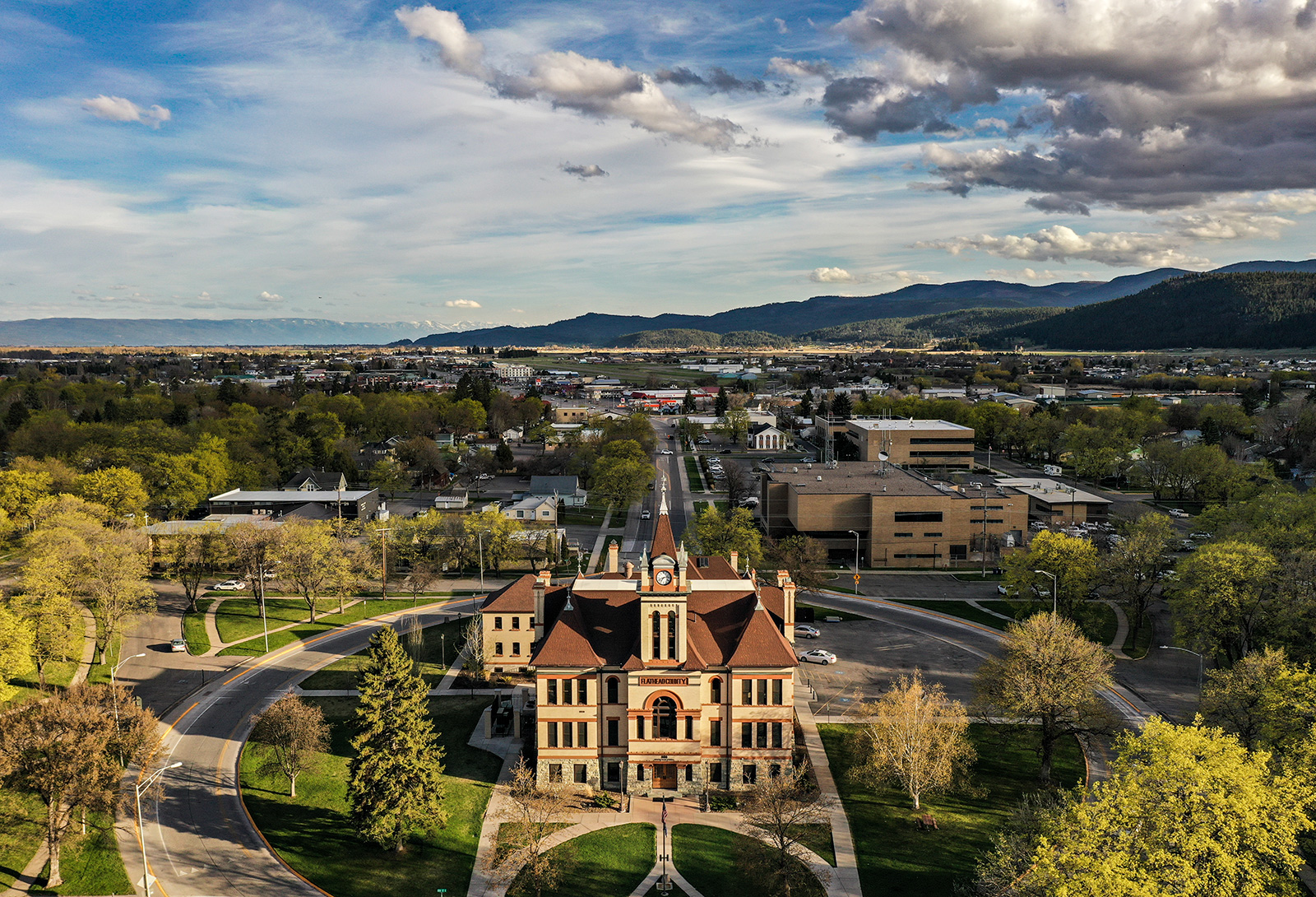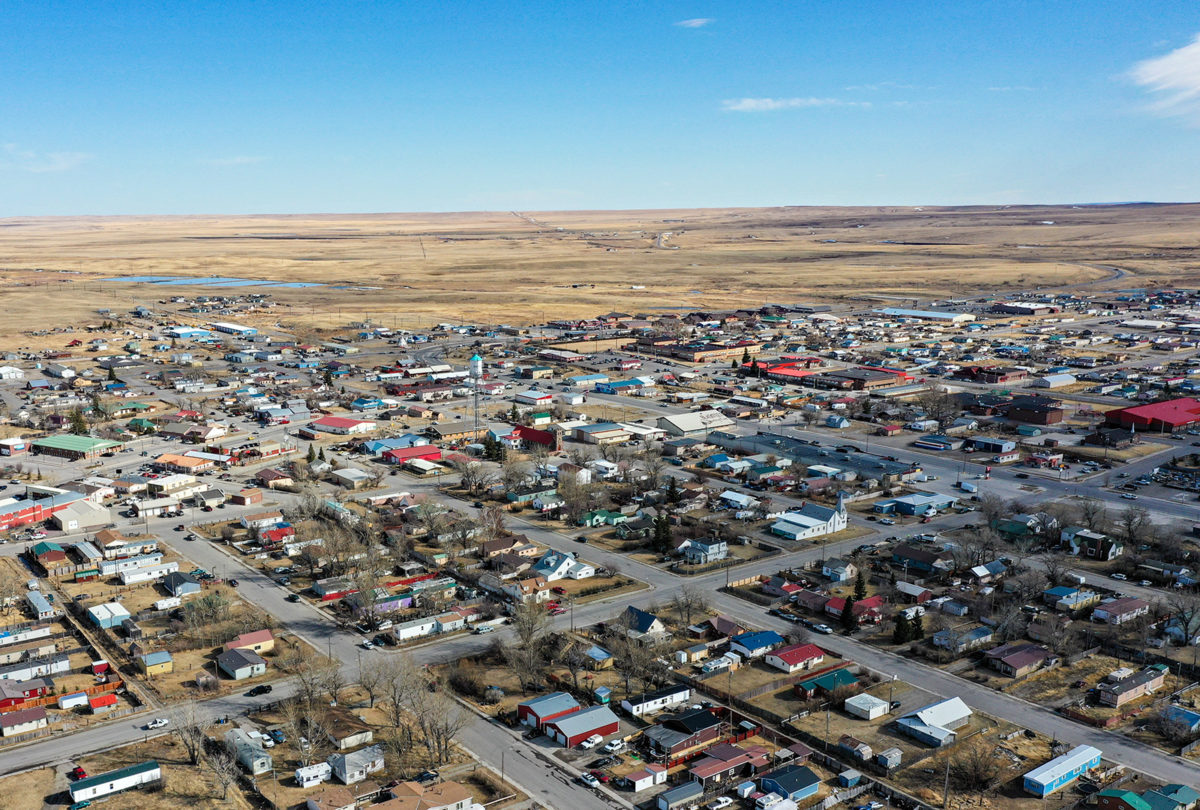Counties Continue Push for Reduced School Tax Mill After Supreme Court Favors State
The Montana Association of Counties asked the governor’s office to reconsider its directive to collect the full state-level school equalization tax this year, which is set to bring in an additional $99 million in revenue
By Denali Sagner
County officials continued to push for a reduction in school equalization taxes this week after the state Supreme Court ruled against the Montana Association of Counties (MACO) on Nov. 22, mandating that county governments collect a full 95 mills in the state-level school equalization levy in spite of rising bills for taxpayers.
While county governments are expected to adjust mill rates to account for rising property values, the state has ordered municipalities to collect a standard school equalization levy this year, which is set to bring in nearly $100 million in additional revenue in the wake of a nearly 50% increase in median residential property values in Montana. The state’s school equalization levy distributes educational funds between tax base-rich and tax base-poor school districts.
Municipalities in Montana set property tax rates based on “mills.” Each mill is $1 per $1,000 of taxable value, meaning that when a property’s value increases, the amount of tax revenue brought in by that property also increases, should the mill rate stay the same. However, governing bodies have a mandatory cap on how many mills they are able to charge in order to limit major tax spikes when property values rise dramatically, as they have in recent years.
The battle between the state and its counties over the 95 mills continued on Tuesday when MACO sent a letter to Gov. Greg Gianforte asking the state to reduce its school equalization levy to 77.9 mills, rather than the 95 mills outlined in state statute. MACO has argued that the school equalization levy should be subject to a state law that limits increases to the amount assessed in the previous year plus half the rate of inflation, which would amount to 77.9 mills.
“We again ask that the State of Montana live within its means and levy ONLY the maximum amount calculated by your Department of Revenue … Please exercise discretion and demonstrate the greater fiscal responsibility you’ve asked county commissioners to demonstrate and levy the current year maximum mill levy calculation of 77.9 mills,” MACO’s letter stated.
The median value of a residential property in Flathead County increased by 45% between 2021 and 2023, according to the Montana Department of Revenue (DOR). That number was 54% for Glacier County; 59% for Lincoln County; and 44% for Lake County. Statewide, the median residential property value grew by 46%.
Because of the spike in property values, the 95 mills are set to bring in an additional $99 million in revenue for the 2024 fiscal year, an increase that was rolled into the budget passed by the 2023 Legislature. $15.3 million of the $99 million will come from Flathead County, making it the second highest contributor to the state’s school equalization levy, after Gallatin County.
49 of 56 Montana counties this fall chose to move forward with a 77.9 mill collection under the alternative tax cap interpretation, rejecting the order by DOR. Broadwater, Deer Lodge, Glacier, Madison, Meagher, Teton and Toole counties did not join the other 49 in the mill levy protest.
Glacier County Commissioner Mary Jo Bremner said that the county chose to collect the full 95 mills in order to maintain a positive relationship with the state, a relationship that Bremner said has historically been strained.
“We were just not interested in a fight like that,” the county commissioner said.
Despite the widespread protest from the counties, the Supreme Court last week ruled in favor of the state and DOR, stating that “DOR’s interpretation of its taxation authority is consistent with the Montana Constitution and the Legislature’s directive to equalize funds for public education across Montana.”
While counties have charged the state with over collecting taxes and placing an undue burden on taxpayers, education advocates have argued that without the full 95 mills, public schools across the state will suffer.
“The [Montana Quality Education Coalition] is very appreciative of the unanimous decision reached by the Montana Supreme Court on the 95 mills issue,” Doug Reisig, the coalition’s executive director, told the Beacon.
The coalition sued all 56 Montana counties in October over the mill debate, arguing that collecting less than the 95 mills would jeopardize much needed funding for public education.
“We had to challenge it,” Reisig said. “Kids shouldn’t be caught in the middle on this issue.”
Unless the state reverses course and collects the 77.9 mills instead of the full 95 mills, counties that undercollected this fall will be required to make up the rest of the school equalization levy in the spring, sending taxpayers an even higher bill.
Bremner said taxpayers across Glacier County have expressed frustration about their tax bills, many of which were linked to over-inflated home appraisals. State appraisers used home prices in East Glacier and St. Mary to value homes in Browning, Bremner said, leading to inaccurate and inflated property values in Browning, which does not share the proximity to Glacier National Park or vacation economy that the county’s other municipalities do.

“They’re not in proximity of Browning where no one is moving, and they didn’t really have a justification for raising taxes,” Bremner said.
Bremner added that taxpayers have cast blame on the county, which has no hand in appraisals or setting tax rates.
“Don’t blame the county, because it’s the people that you put in the Legislature, your supermajority, that raised our taxes,” she said.
“We’ve never raised taxes in Glacier County, ever. All of our raises come from the state.”
Reisig said that he understands concerns about the 95 mills as a Montana taxpayer.
“We all live in Montana. We pay in Montana. It affects me as well,” he said.
However, Reisig said that the argument that taxpayers will be burdened by the collection of the full levy is a “red herring.”
Both education groups and Gianforte have said that reducing the mill collection will mainly offer tax breaks to major corporations and will save the average taxpayer a minimal amount of money. Sen. Greg Hertz, R-Polson, wrote on X in October that the mill reduction will reduce property taxes for the top 10 corporate taxpayers by $10.3 million while saving the average Montana resident only $80 per year.
Gianforte told reporters on Tuesday that while “property taxes are too high,” the $675 property tax rebate available to taxpayers for the 2022 and 2023 tax year “more than compensates for the appraisal increases that most homeowners are seeing.” The governor also said that “permanent property tax relief” should be ironed out during the next session.